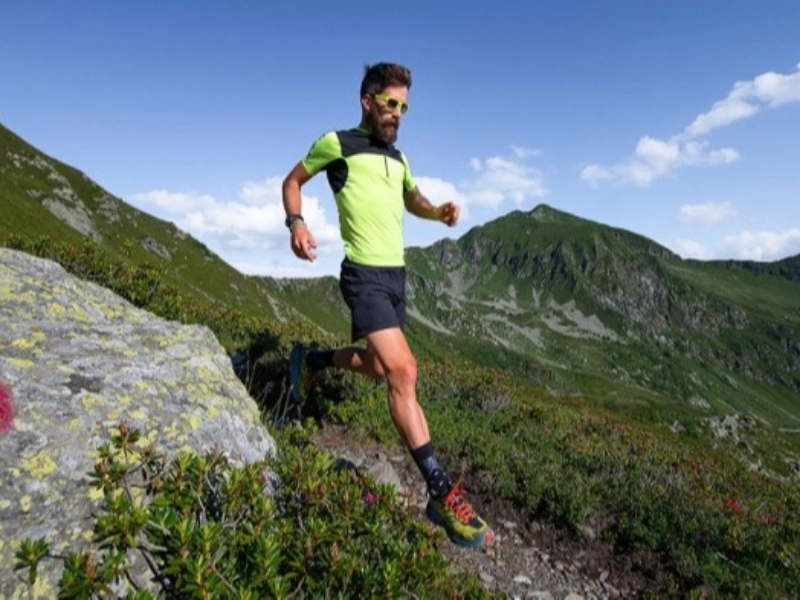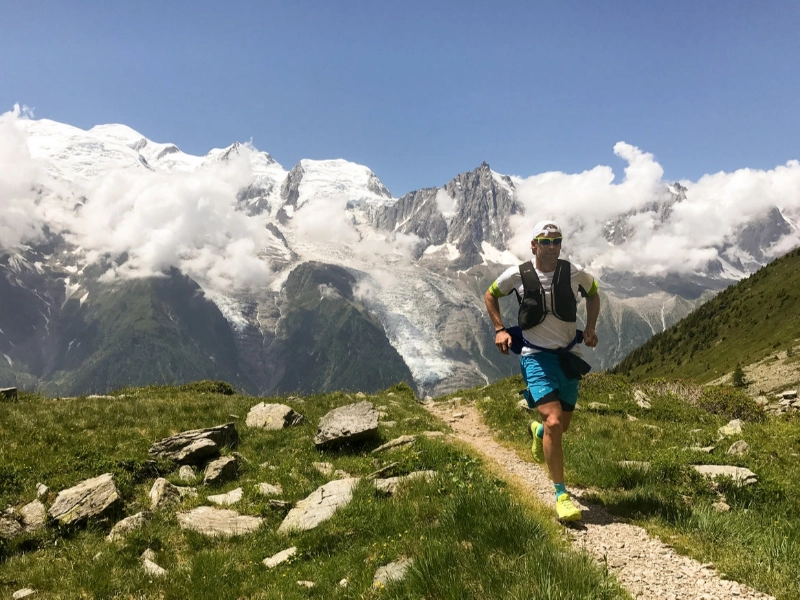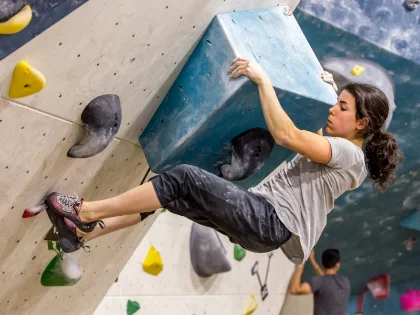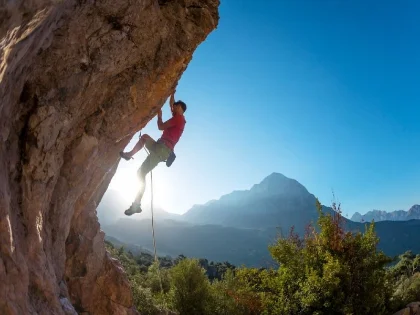Is it easier to go downhill?
When walking with double assistance in a healthy individual, the leading leg gradually reduces its negative work as the uphill slope increases. On the other hand, when the downhill grade increases, the trailing leg does progressively more negative work.
It is simpler.

In a race, bombing downhill can help you overtake the opposition and catch up by making it feel like coasting. However, because the leg muscles must stretch and then fast-concentrically contract (or shorten) each time you contact the ground to control your speed, it really puts more strain on your legs and joints than flat jogging.
Additionally, walking downhill is more difficult because your body needs to fight the urge to lean back, which puts additional strain on the knees. Additionally, each step's downward slant may result in greater heel striking, which lowers efficiency and increases jolting, which increases the risk of pain and damage.
According to Watson, this is why it's critical to incorporate some downhill training into your daily regimen. By strengthening the major muscle groups used on a level course, it will help you descend a hill faster and more efficiently. But exercise caution: in order to prevent damage, hill exercises should be introduced gradually.
It is more difficult.

The majority of training regimens for runners involve hill training to increase anaerobic and aerobic capacity. However, many runners go downward and ignore the opposite side of the coin.
Descending is more taxing on the joints and calls on a distinct group of muscles. The muscles extend, or contract eccentrically, in order to absorb the abrupt impact of each stride and produce additional force. Fractures and even muscle injuries may result from this.
Nonetheless, the quads and hips can become accustomed to this strain by employing appropriate technique and progressively increasing downhill training. This might be the difference between smashing your competitors, setting a new personal best, and giving up in agony with a hamstring strain midway through the race.
Studies have indicated that engaging in downhill training can enhance one's capacity for force production, knee extension torque, and leaping performance. It can also avoid delayed-onset muscle soreness and lessen the damage that exercise does to muscles. Naturally, it also aids in preserving and even boosting your stamina and strength.
It's superior.

Running downhill requires the highest levels of strength, control, and accuracy. It provides you with the runner's high, which is frequently compared to "maxing out a Ferrari through a busy city IRL." It can be thrilling and frightening at the same time.
You can develop into a more versatile runner by exercising on both uphill and downhill runs, as both require distinct muscles. Furthermore, the eccentric muscle contractions employed in downhill training—imagine your quadriceps stretching as you descend—have the potential to improve your tendons and muscles.
A plus is that studies on the hill running repeated bout effect have demonstrated that even a single session can help prevent muscle injury and enhance performance measures. Therefore, it could be quite beneficial to include some downhill runs in your weekly long run on race day. Just keep in mind to proceed cautiously with these sessions, particularly if you're not used to them. It's easy to push yourself too far and sustain harm. However, if done correctly, hill training will eventually make you run more quickly and with less energy.








